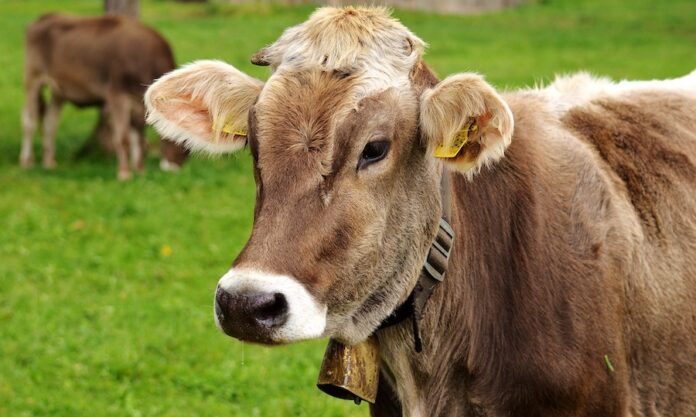A snapshot of the dairy microbiome from dairy cows to consumer food products
Dairy products house a variety of nutrients and are capable of supporting both human health and microbial life. UC Davis research offers a glimpse at the microbial life maintained by dairy milk during its production and provides clues as to how dairy food products influence human gut microbiome and health.
Dairy faces its own bacterial environment before it becomes processed. Milk can be contaminated by cow hides, food, feces, human handling and milk production equipment. Pasteurization, controlled milk heat-treatments inside of silos, aims to remove bacteria.
Mary Kable, a research molecular biologist at the United States Department of Agriculture Western Human Nutrition Research Center and associate adjunct professor in the UC Davis Department of Nutrition, worked to identify microbial communities inside of raw milk between tankard transportation and the beginning steps of pasteurization.
When raw milk is collected from dairy cows, it undergoes pasteurization, where the milk is heat-treated to remove microbes and food-borne pathogens, and then converted into dairy products.
After assessing over 800 tankards, Kable found several microbial communities surviving the first step of pasteurization.
“After pasteurization, I found that strains of Turicibacter, a bacterium found in feces, remained prevalent in milk and Staphylococcus remained in smaller quantities,” Kable said. “Overall, the quantities of bacteria that lead to spoilage did not change.”
A factor in the presence of microbial communities lies in silo cleaning.
When raw milk is pasteurized, it is concentrated in streams and separated into different dairy components: fresh milk, cream and skim milk. After pasteurization, silos are cleaned in place, or rather rinsed in place, which could miss the small nooks needed for dairy processing and leave room for bacterial biofilms to bloom.
Dairy products can be nonfermented, or maintained fresh without microbes, or fermented with select cultures of microbes for dairy processing. Nonfermented dairy products include 1 percent or 2 percent milk to increase shelf-life and avoid spoilage. Fermented dairy products can consist of cheeses, yogurts, kefir and butter.
“Fermented dairy products, like yogurt and cheese, contain lactic acid bacteria such as Streptococcus thermophilus and Lactobacillus bulgaricus, at a much higher concentration than in other foods like fruits and vegetables,” said Maria Marco, a professor in the UC Davis Department of Food Science and Technology. “The microbes grow in dairy products, consume lactose sugars and change the texture of milk into the desired fermented dairy products based on their proportions. Research shows that exposure to lactic acid bacteria improves the human immune system.”
Once consumed, the lactic acid bacteria create transient changes in the human gut microbiome, lasting for only a few days.
“A recent study of over 100,000 people from 21 different countries showed a lower disease risk, especially of the risk of stroke, for those consuming two servings of dairy per day,” said Danielle Lemay, a research molecular biologist at the United States Department of Agriculture Western Human Nutrition Research Center and associate adjunct professor in the UC Davis Department of Nutrition.
“Dairy consumption is associated with reduced risk of chronic diseases, such as osteoporosis which is a loss of bone mineral density, and cardiovascular disease,” Lemay said. “Dairy consumption also improves exercise recovery and reduces muscle loss in the elderly.”
Lemay’s research will now focus on lactose intolerant people, determining how dairy consumption shapes their health outcomes and gut microbiomes.
Written by: Foxy Robinson — science@theaggie.org




